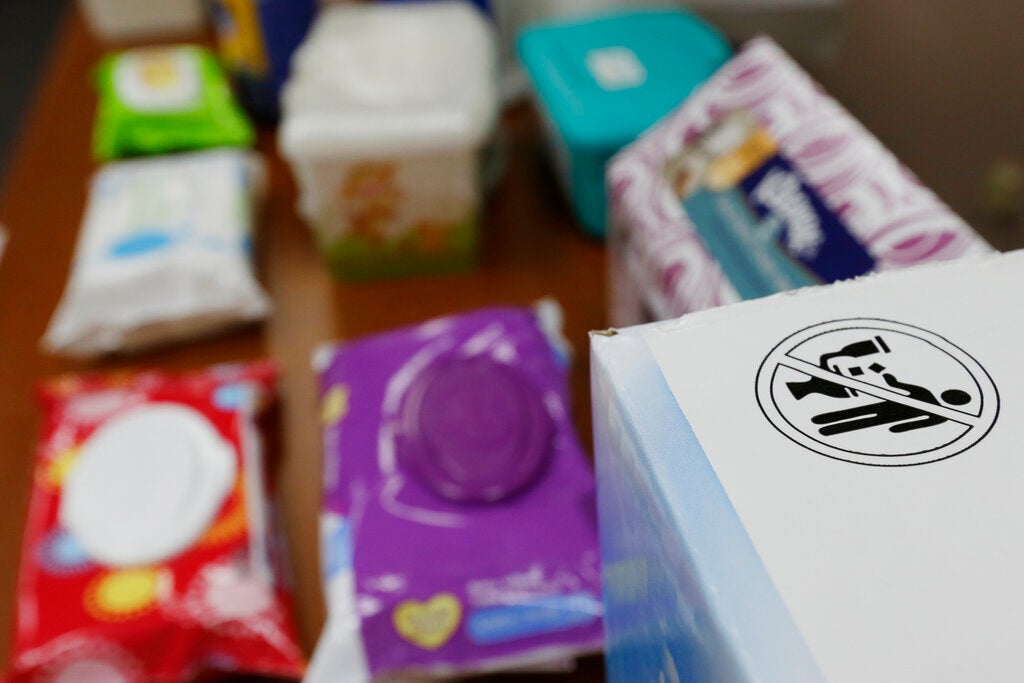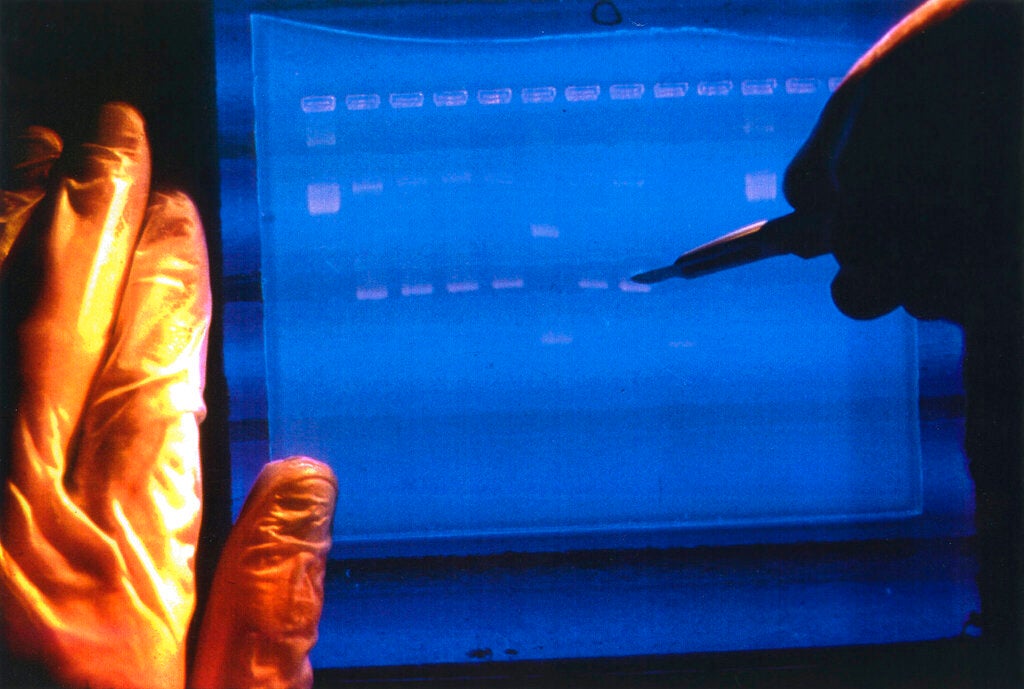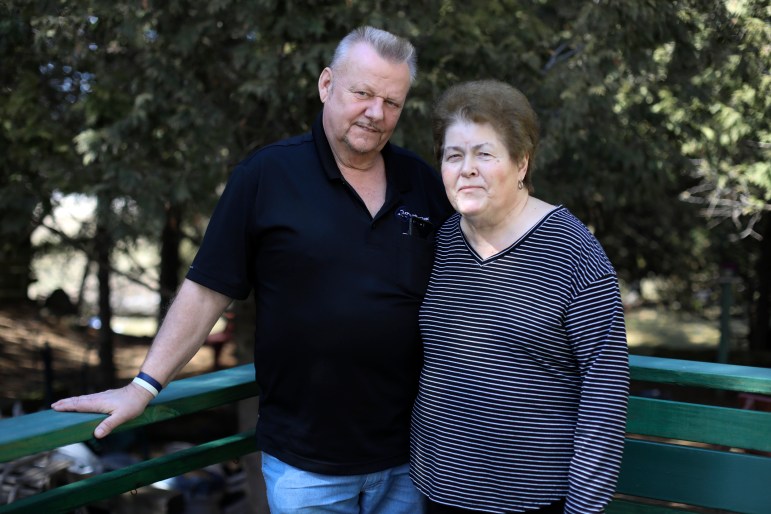At a lab in Neenah, scientists are flushing toilets from across the globe to figure out what can go down smoothly and what is likely to frustrate sewage systems.
The “Flushability Lab” is run by paper-products manufacturer Kimberly-Clark Corp., which sells diapers, tissues and flushable wipes, among other goods.
David Powling is the company’s North American engineering technical leader and has worked with the lab for years. He recently appeared on Wisconsin Public Radio’s “The Morning Show” to discuss the lab’s work.
News with a little more humanity
WPR’s “Wisconsin Today” newsletter keeps you connected to the state you love without feeling overwhelmed. No paywall. No agenda. No corporate filter.
This interview has been edited for brevity and clarity.
Kate Archer Kent: Take us into the Flushability Lab and what you study. How do you conduct these tests?
David Powling: We have a range of tests. There are seven main tests, which we do for making sure the products are compatible and can carry flushable claims on back. We have other tests as well, which look at flowing sewers and various other things.
Unlike in your home, we have clear PVC pipes, which allow us to track materials through the drain line after it’s been flushed to make sure that it clears, to look out for issues and test various things.
There’s a lot of learning. When a plumber comes into the lab, they’re like a child in the candy shop, because they’ve never seen it before.
KAK: Is there an industry standard or definition for what “flushable” means?
DP: The main definition for flushable comes from the (Association of the Nonwoven Fabrics Industry). They created the definition way back in 2008. In essence, to be flushable, there needs to be evidence the product is going to be compatible with toilets and drain lines — that it’s going to clear those, it’s going to pass through wastewater conveyance systems. It has to be compatible with treatment and disposal systems and will be unrecognizable after leaving the on-site municipal wastewater treatment processes.
KAK: What makes a type of toilet paper more environmentally friendly? Is there something we should look for as consumers?
DP: Toilet papers (are) all made using wood pulp. If you look at the different manufacturers, many of them are using sustainable forestry. Some will introduce some recently recycled fibers. There are trends now where people are looking to use alternate fibers, (such as) refined products with bamboo fibers.
The main thing about toilet paper is it does need to be cellulosic in its construction because the wastewater process is a biological process where it takes the cellulose and breaks it down. And the bugs that break it down, they want cellulose for food that will turn it into sludge. That sludge is a really useful resource. It’s sometimes being repurposed for soil. Wastewater treatment facilities have really got a very interesting sort of resource recovery asset in the end. It’s interesting to watch.
Wisconsin Public Radio, © Copyright 2025, Board of Regents of the University of Wisconsin System and Wisconsin Educational Communications Board.





